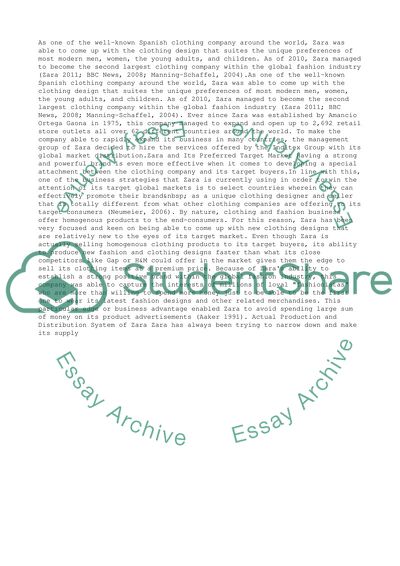Cite this document
(“Zaras Supply Chain Management Strategy Essay Example | Topics and Well Written Essays - 1500 words”, n.d.)
Retrieved from https://studentshare.org/management/1416676-zaras-supply-chain-management-strategy
Retrieved from https://studentshare.org/management/1416676-zaras-supply-chain-management-strategy
(Zaras Supply Chain Management Strategy Essay Example | Topics and Well Written Essays - 1500 Words)
https://studentshare.org/management/1416676-zaras-supply-chain-management-strategy.
https://studentshare.org/management/1416676-zaras-supply-chain-management-strategy.
“Zaras Supply Chain Management Strategy Essay Example | Topics and Well Written Essays - 1500 Words”, n.d. https://studentshare.org/management/1416676-zaras-supply-chain-management-strategy.


